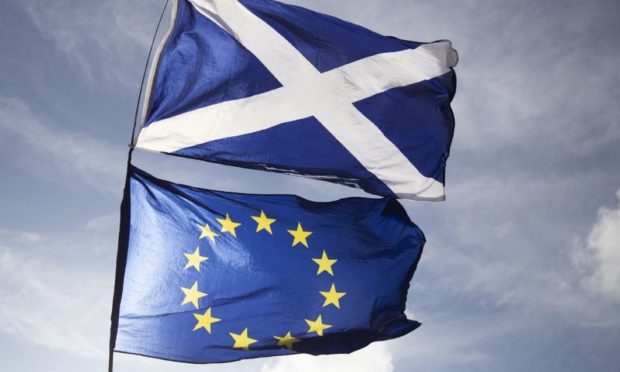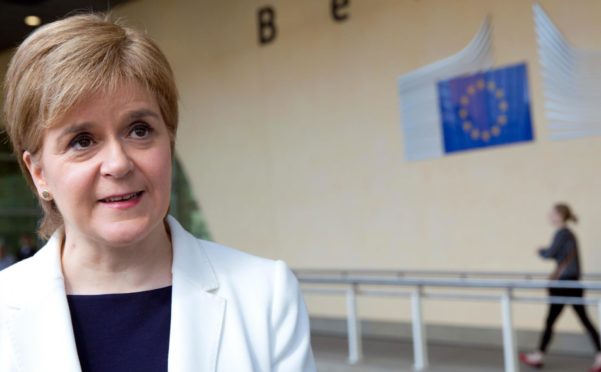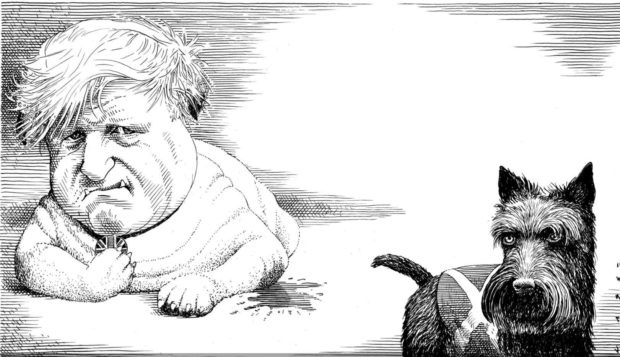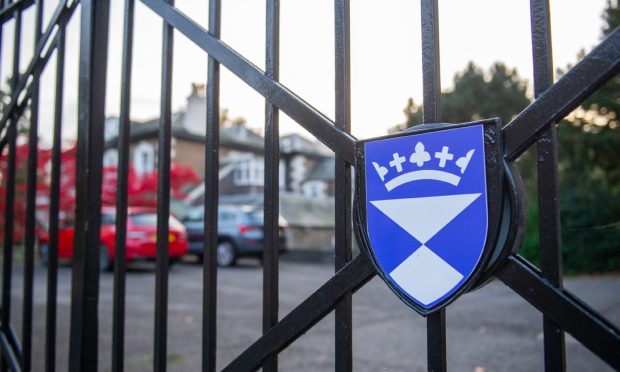A charm offensive by the Scottish Government, targeting European newspapers with an op-ed written by Nicola Sturgeon, is finding a receptive audience on the continent.
Readers in Ireland enjoying a cup of Barry’s Tea with their breakfast on Saturday were the targets for Ms Sturgeon’s heartfelt plea in The Irish Times: that Scotland shares European values; that Scottish voters wanted to stay in the EU; and that independence is a logical next step for the country.
“The founding values of the EU — human dignity, freedom, democracy, equality, the rule of law and respect for human rights — are Scotland’s values,” Ms Sturgeon wrote.
“The idea of Scottish independence has never been about separatism. It is instead about the right of people to decide the form of government best suited to their needs.”
It’s a message translated and placed so far in Le Figaro in France and NRC Handelsblad in the Netherlands; Germany’s Der Spiegel, Italy’s Corriere della Sera and publications in Belgium, Lithuania and Poland.

“European media have been covering Brexit a lot, and are looking at what is the fallout from Brexit. One of the obvious issues to look at is what will happen in Scotland,” said Rem Korteweg, a senior research fellow at Clingendael, the Netherlands Institute of International Relations.
“I think the Scottish lobby is quite effective and quite successful, and I think Nicola Sturgeon has been very efficient and successful at getting her message across despite everything going on around the Brexit negotiations,” he added.
While the European Commission is unlikely to offer direct comments on any possible Scottish independence, nor future EU membership, Korteweg said conversations “are definitely taking place” behind closed doors about what happens if the SNP gets a majority win in May’s Holyrood elections on a manifesto calling for a second independence referendum, and if Boris Johnson were to offer one.
“If there were to be an illegal referendum, Catalonia style, I don’t think there would be any appetite among any EU member state to embrace that.”
“But if there were to be a legal referendum through a legal route, then I don’t see any reason why either the Netherlands or any European institution would consider that an impediment to bringing the Scots into the EU as an independent member.”
“This is all part of rational scenario planning in governments,” he stated.
European media warms up
Beyond the official editorial written on behalf of the Scottish Government, other media outlets in Europe have been casting an eye towards Scotland and the issues of a Brexit-fueled surge in support for independence.
“Scotland against everyone after Brexit, but independence is an obstacle course”, stated Italy’s la Reppublica in a weekend spread, while media outlets from Portugal to Switzerland and Norway to Greece have written about Scotland and independence in recent days.
An editorial in Finland’s main newspaper, Helsingin Sanomat, on Sunday came complete with an astonishing cartoon of Boris Johnson as a British bulldog that had just been urinated on by a Scottish Highland terrier, and described independence for Scotland as “Scexit”.
“The Scots are more international and European than the English. The country has historically close relations with France in particular, but in recent years partners have been sought elsewhere, including in the Nordic countries,” the paper, which sets the news agenda in the Nordic nation, reported.
From a Nordic point of view it’s obviously interesting what happens in Britain, and what kind of a road Scotland choses in the future.”
Heikki Aittokoski
Veteran correspondent Heikki Aittokoski is a former foreign editor of Helsingin Sanomat, and wrote a 2016 book called Dance of Death about nationalist movements around Europe, including in Scotland.
“After Brexit, Scotland becomes even more interesting from a journalist’s point of view than it was until now because the Scottish question has been an obvious sequel to Brexit, and you could see it in 2016 already, easily, that the Scottish independence question becomes louder and louder, if and when Brexit takes place.”
Aittokoski says in research interviews for his book he was struck by the positive brand of nationalism he experienced in Scotland with people more interested in building a constructive case for independence rather than being against something or somebody.
“From a Nordic point of view, it’s obviously interesting what happens in Britain, and what kind of a road Scotland choses in the future.”











